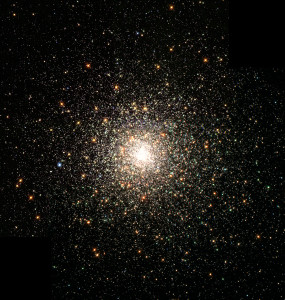METHODOLOGY FOR THIS MATHEMATICAL PHYSICS RESEARCH WORK OF JIM FISHER,
HOW NOT TO, PERSONAL OVERVIEW
Registered visitors may download the entire Part 4 of the book at the Btm Of Page
Total 59 — 8 1/2 x 11 PDF pages, 11.33 MB with astronomical images
Part 4 Scope
Part 4 of this book contains broad sweeping outlines of the methodology, guidelines, work involved in, how not to approach this work, and a personal overview of the 21 1/2 years of mathematical physics research work of of Jim Fisher, with now an additional 2 1/2 years tacked on.
These reports cover material as follows:
Chapter 4.1 Research Work Objectives, Methodology, Guidelines & Criteria For Results
This report covers the objectives and scope that were set for this project’s research work. What were the project objectives or what results were expected? How would these these objectives be reached? What were the general guideline assumptions needed for the work? What basic starting input data would be the permitted? What mathematical approach was to be taken and those not to be taken? The actual detailed procedures are listed. What constraints or criteria would be placed upon any candidate descriptive equations that might be discovered for the target measured subatomic physical properties? Overall in the Methodology report, the vast bulk of the discussions focus upon how the research work of this project would be and in fact was done.
Chapter 4.2 How Not To Approach This Work
This report focuses on what others have done in relation to mathematical investigations of the nature of the subatomic particles. This topic is long, immensely long, and covers at least 30 years of endeavors in particle, high energy, and hypothetical physics. What others have done in these sub realms of the broader science of physics covers tens-of-thousands of papers, tens-of-millions of research hours, and billions of dollars. Essentially none of these efforts have any relevance to the mathematical physics research efforts of this overall work. Therefore only very limited references were made in Methodology to what others have done in these realms. This was intentional to keep that report focused on what would be done in this overall work.
Never-the-less to be fair some discussion is needed in this overall work as to what others have done. This is particularly true since such discussions are absolutely required in the formal published papers of others in academia in the field of physics. In fact such discussions are the first item of business. From these a logical flow is made to the entire rest of the body of such papers. Readers from the academic realms automatically look for such discussions upon starting the body of work here or any other similar work. Further they tend to become extremely disoriented, confused, and frustrated when they cannot an item required as a part of their habitual way of thinking and doing things. This report was created to soften the impact of this “missing” item.
This report gives a brief overview of what other have done in the field of hypothetical or calculational particle physics. Again essentially none of this prior work was relevant to the research conducted here. What others have done is NOT be examined for specific concepts, calculational procedures, or resultant answers which could have been and were not used as trail heads for the current work here. Instead this prior work is examined for broad generalities to determine various methodologies and calculational practices. These procedures are highlighted as being something which was NOT done in this work. Essentially every thing which others have done is be contrasted with what was done in this work, and is not used to supplement or support the work here.
The main objective here is NOT to negate what others in academic particle physics have found useful for the last 30 years. The intention of this report is to show a different way of viewing and “doing” calculational particle physics which has either been overlooked or forgotten. Specifically what is found repeatedly in this report, is that when the required trappings of the hypothesis-first methodology are throw off, then great intellectual freedom and creativity can arise. This is the emphasis and message here and is the hope for what the reader carries away from this report.
Chapter 4.3 Personal Overview Of Project
This report presents a brief narrative of the progress of the project from a historical and personal perspective. This summarizes the several phases of the project and the various challenges encountered with each phase. Generally there was the initial research phase of the project with its inherent challenge of playing a guessing game with the universe. After this, concurrent with further research, there was the attempts at publishing phase of the project which brought the severe rejection and repression of this material by the closed ranks of the academic physics community.
PART 1 List Of Contents
Please note the below listings do NOT transfer the reader to the indicated location in this Part of the book. The PDF file must be downloaded. The listings are just to indicate the depth of material contained in this book.
| Part 4 List Of Contents | Page |
| Introduction/Scope | 1 |
| Chapter 4.1 Research Work Objectives, Methodology, Guidelines, & Criteria For Results |
5 |
| Chapter 4.2 How Not To Approach This Work | 25 |
| Chapter 4.3 Personal Overview Of Project | 41 |
| PART 4 List Of Figures | |
| Figure | Page |
| Chapter 1, Figures 1.1 & 1.2, Lepton Masses | 20 |
| Chapter 1, Figures 2.1 & 2.2, Ratio Of Lepton Masses | 12 |

